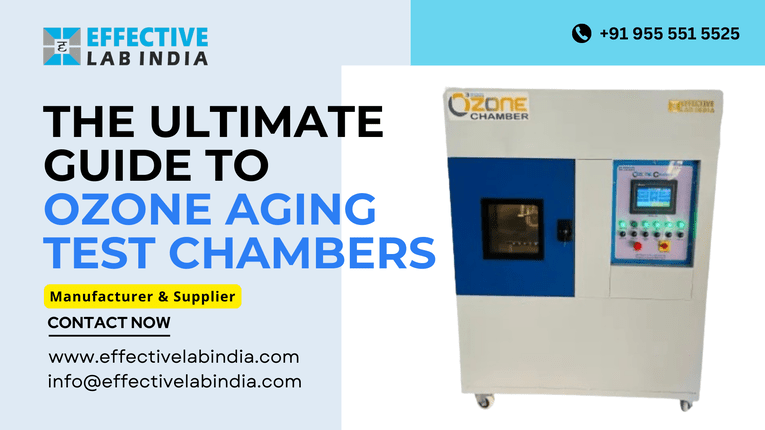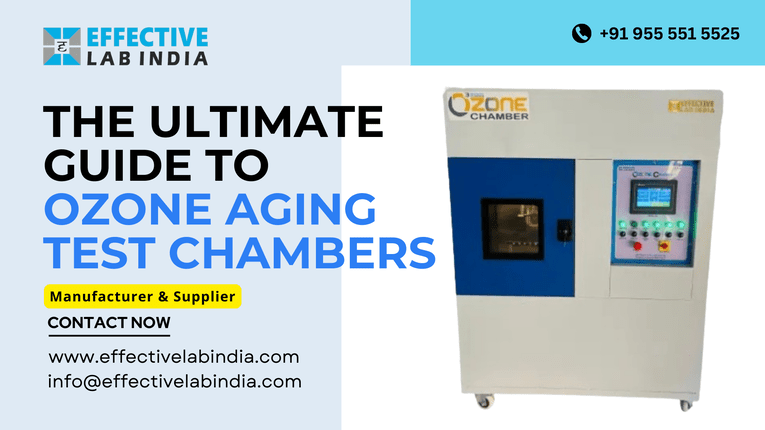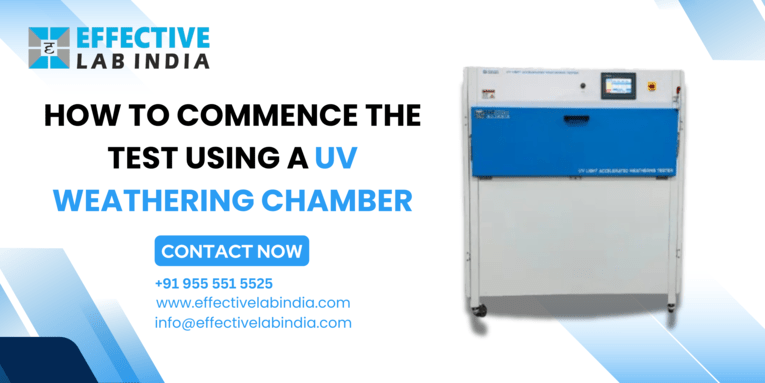
A UV weathering chamber is a scientific apparatus designed to simulate the effects of ultraviolet (UV) radiation on materials. It helps predict how materials will perform over time when exposed to sunlight and other weather elements.
Importance of UV Weathering Tests
UV weathering tests are crucial in various industries, ensuring that products can withstand prolonged exposure to sunlight without degrading. These tests help manufacturers guarantee product quality and durability, saving costs and enhancing customer satisfaction.
Purpose of the Article
This article provides a comprehensive guide on how to commence a test using a UV weathering chamber. Whether you are a beginner or an experienced professional, you’ll find valuable insights and step-by-step instructions to ensure accurate and reliable testing.
Definition and Functionality
A UV weathering chamber replicates the sun’s UV rays and other environmental conditions like temperature and humidity. This controlled environment accelerates the aging process of materials, providing quick insights into their long-term performance.
Key Components of UV Weathering Chambers
UV weathering chambers consist of UV lamps, temperature and humidity controls, sample holders, and monitoring systems. These components work together to create consistent and repeatable test conditions.
Benefits of UV Weathering Tests
Ensuring Product Durability
By exposing materials to simulated UV radiation, manufacturers can identify potential weaknesses and improve product formulations to enhance durability.
Predicting Product Lifespan
UV weathering tests provide valuable data on how long a product can last under UV exposure, helping in product development and quality assurance.
Cost-Effective Quality Assurance
Investing in UV weathering testing can prevent costly product failures and recalls, ensuring products meet industry standards before they reach the market.
Types of UV Weathering Chambers
UVA vs. UVB Chambers
UVA chambers use long-wave UV radiation, while UVB chambers use short-wave UV radiation. Each type has specific applications depending on the material being tested.
Xenon Arc Chambers
Xenon arc chambers provide a broader spectrum of light, closely mimicking natural sunlight, making them ideal for testing a wide range of materials.
Fluorescent UV Chambers
These chambers use fluorescent lamps to simulate UV radiation, offering a cost-effective solution for testing materials’ resistance to UV light.
Preparing for the Test
Safety Precautions
Always wear appropriate protective gear, including UV-resistant goggles and gloves. Ensure the testing area is well-ventilated to avoid exposure to harmful fumes.
Necessary Equipment and Materials
Gather all necessary materials, including sample holders, cleaning supplies, and calibration tools. Make sure the UV lamps are functioning correctly and are properly aligned.
Sample Preparation
Prepare your samples by cleaning them thoroughly to remove any contaminants. Cut the samples to the appropriate size and label them clearly for identification.
Setting Up the UV Weathering Chamber
Initial Calibration
Calibrate the chamber according to the manufacturer’s instructions. This step is crucial to ensure accurate and consistent test results.
Selecting the Right Test Parameters
Choose the appropriate UV wavelength, temperature, and humidity settings based on the material and the specific test requirements.
Loading the Samples
Carefully place the samples in the chamber, ensuring they are evenly spaced and securely held in place. Avoid overlapping or touching the samples.
Conducting the Test
Step-by-Step Test Procedure
- Turn on the UV weathering chamber and set the desired test parameters.
- Start the test and monitor the chamber’s performance regularly.
- Record data at specified intervals to track changes in the samples.
Monitoring the Test
Regularly check the UV intensity, temperature, and humidity levels. Adjust the settings if necessary to maintain consistent test conditions.
Recording Data and Observations
Keep detailed records of all test parameters and observations. This data will be essential for analyzing the test results and drawing conclusions.
Post-Test Procedures
Removing and Handling Samples
After the test, carefully remove the samples from the chamber. Handle them with care to avoid contamination or damage.
Analyzing Test Results
Examine the samples for any signs of degradation, such as color changes, cracks, or loss of flexibility. Compare the results to control samples and industry standards.
Cleaning and Maintaining the Chamber
Clean the chamber thoroughly to remove any residues. Regular maintenance will ensure the chamber operates efficiently and extends its lifespan.
Interpreting Test Results
Understanding UV Degradation
UV degradation can manifest in various ways, including discoloration, brittleness, and loss of mechanical strength. Understanding these signs is crucial for accurate interpretation.
Comparing Results to Standards
Compare your test results to industry standards and specifications. This comparison will help determine if the material meets the required performance criteria.
Reporting Findings
Prepare a detailed report summarizing the test procedure, observations, and conclusions. Include recommendations for improving the material’s UV resistance if necessary.
Common Challenges and Solutions
Dealing with Inconsistent Results
Inconsistent results can arise from variations in UV intensity, temperature fluctuations, or sample placement. Ensure all test conditions are controlled and repeat the test if needed.
Troubleshooting Equipment Issues
If the chamber malfunctions refer to the manufacturer’s troubleshooting guide. Regular maintenance and calibration can prevent most equipment issues.
Ensuring Reproducibility
To ensure reproducibility, standardize your test procedures and maintain consistent test conditions. Document every step to allow for accurate replication.
Applications of UV Weathering Tests
Automotive Industry
UV weathering tests are essential for automotive components exposed to sunlight, such as dashboards, seats, and exterior paints. These tests ensure these materials can withstand prolonged exposure without degrading.
Construction Materials
Building materials like roofing, siding, and windows undergo UV weathering tests to ensure they can endure harsh weather conditions and remain functional over time.
Consumer Goods
Products like outdoor furniture, sporting equipment, and electronics are tested for UV resistance to ensure they maintain their appearance and performance when used outdoors.
Best Practices for Accurate Testing
Regular Maintenance of the Chamber
Keep the chamber in good condition by performing regular maintenance, including cleaning and calibration. This practice ensures reliable and accurate test results.
Consistent Testing Conditions
Maintain consistent test conditions for all samples to ensure reproducibility. Any variations in UV intensity, temperature, or humidity can affect the test results.
Proper Documentation
Document every step of the test procedure, including sample preparation, test conditions, and observations. Detailed records are essential for analyzing and reporting results.
Innovations in UV Weathering Testing
Advances in UV Technology
New UV technologies provide more accurate and efficient testing methods. Innovations like LED UV lamps offer improved control and reduced energy consumption.
Automated Testing Systems
Automated systems streamline the testing process, reducing human error and increasing efficiency. These systems can monitor and adjust test parameters in real-time.
Integration with Digital Analysis Tools
Digital tools enhance data analysis, allowing for more detailed and accurate interpretation of test results. These tools can also store and organize data for easy access and reporting.
FAQs about UV Weathering Chambers
What is the typical duration of a UV weathering test?
The duration can vary depending on the material and test requirements, typically ranging from a few days to several weeks.
Can UV weathering chambers simulate all weather conditions?
While they primarily simulate UV radiation, some advanced chambers can also replicate other environmental factors like rain and temperature fluctuations.
How often should the chamber be calibrated?
Calibration should be done regularly, ideally before each test or at least once a month, to ensure accuracy.
What materials can be tested in a UV weathering chamber?
A wide range of materials, including plastics, paints, textiles, and coatings, can be tested for UV resistance.
Is it necessary to monitor the chamber continuously during the test?
Yes, continuous monitoring ensures that test conditions remain consistent and any issues are promptly addressed.
UV weathering chambers are essential tools for predicting how materials will perform under prolonged UV exposure. By following the steps outlined in this guide, you can ensure accurate and reliable testing, helping to enhance product durability and quality. Regular maintenance, consistent testing conditions, and proper documentation are key to obtaining reliable results. Stay updated with innovations in UV technology to improve your testing procedures and outcomes.

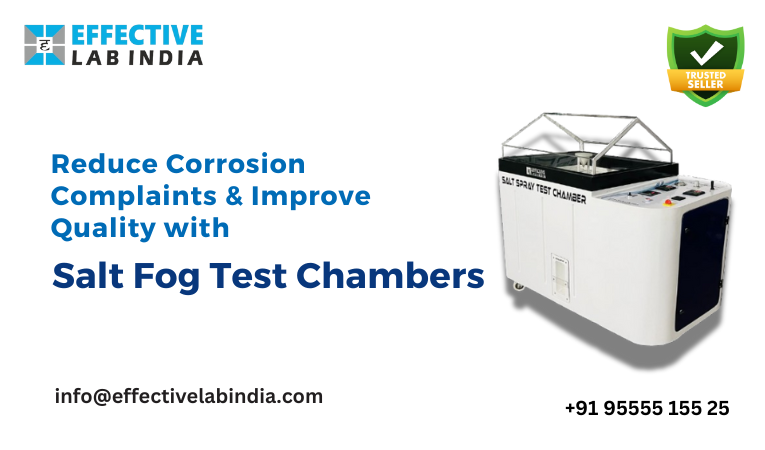
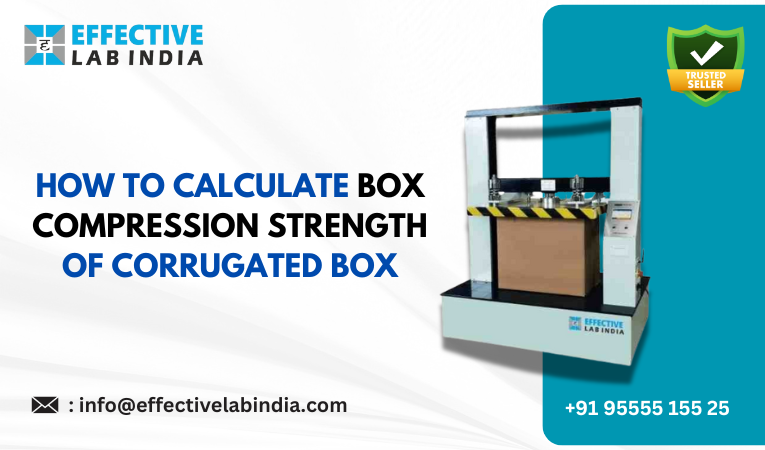
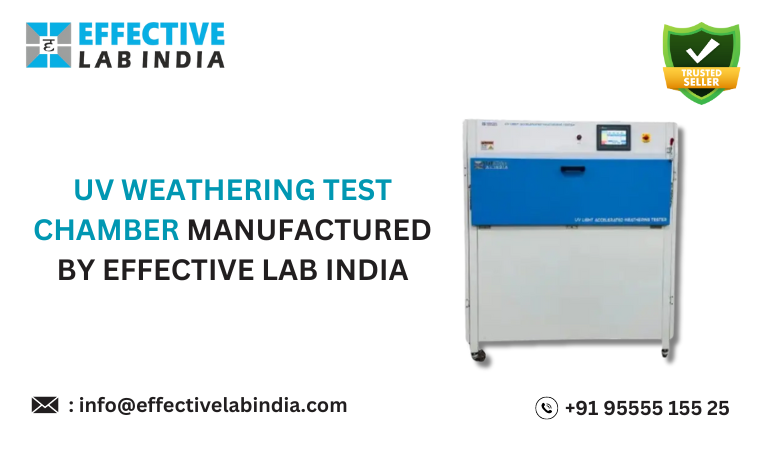
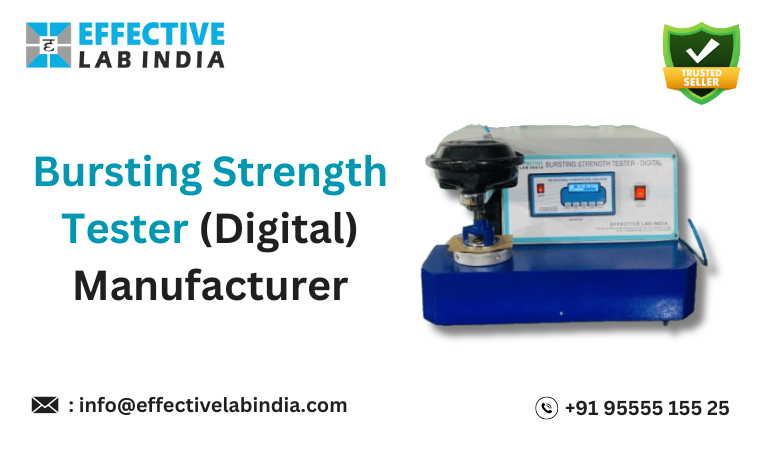
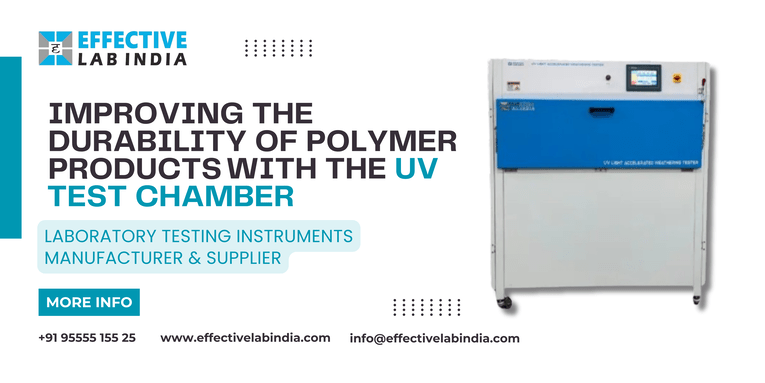
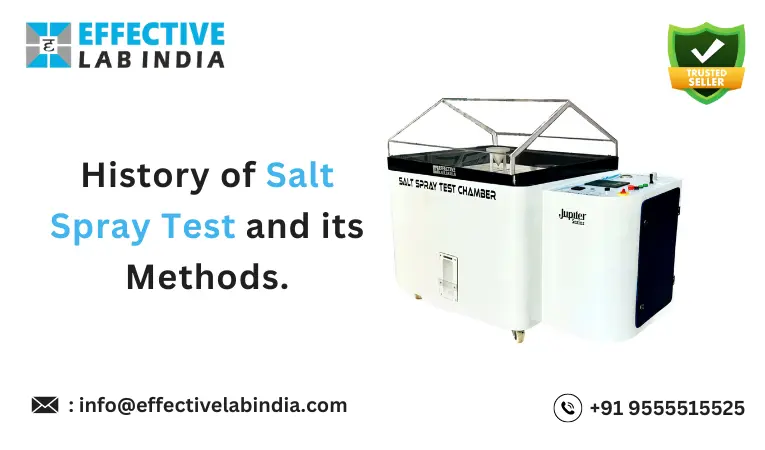 The Salt Spray test is a laboratory test that is conducted to test the corrosion resistance properties of several metals and coatings. This test is conducted by using a machine which is termed a
The Salt Spray test is a laboratory test that is conducted to test the corrosion resistance properties of several metals and coatings. This test is conducted by using a machine which is termed a 